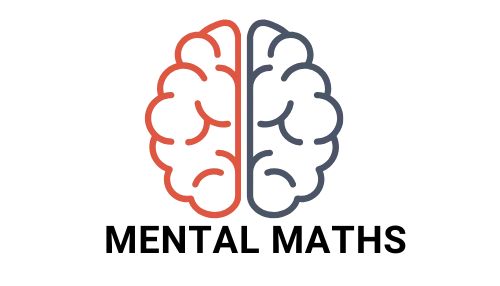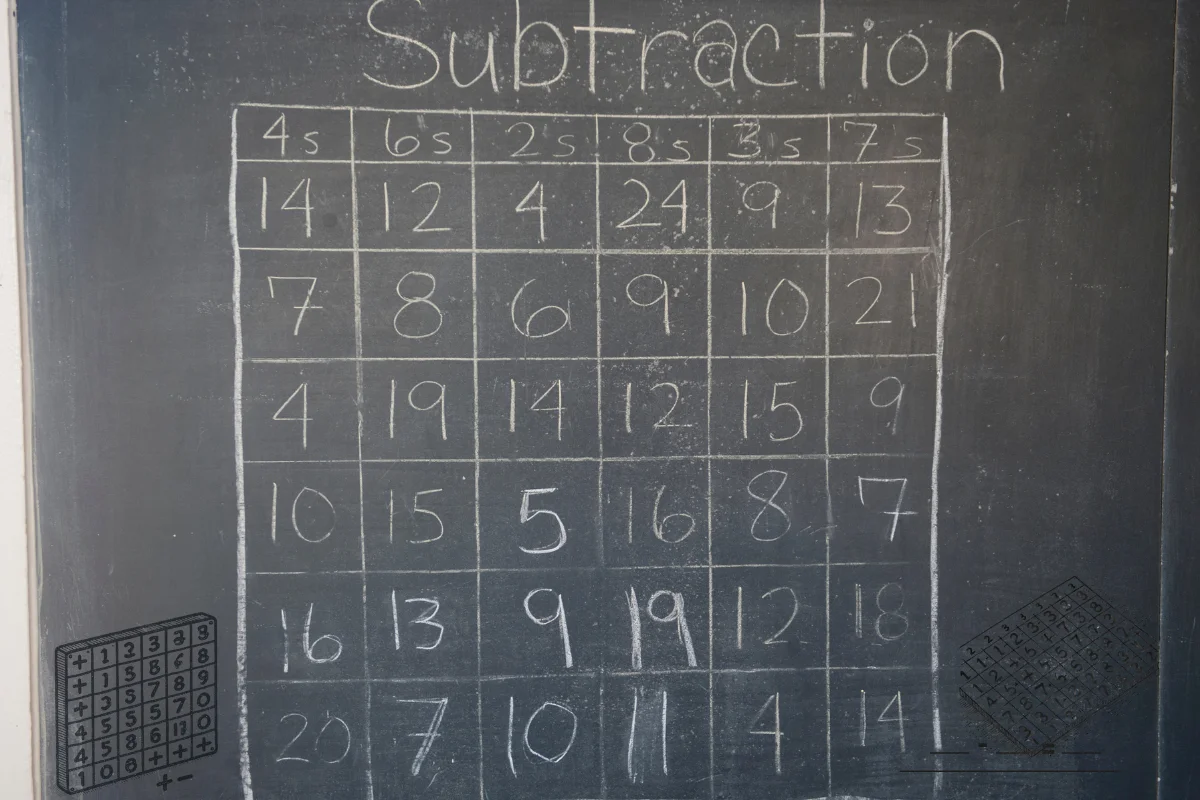Tips and Tricks for Subtraction
By Alex David
Are you struggle with subtraction? Learn lightning-fast tips and tricks of subtraction to solve problems in seconds—no calculator needed!
Here the secrets to unlocking the lightning-fast mental subtraction with some hidden tips and tricks. Some mental subtraction skills enhance your confidence to do calculations within a few seconds!
This article demonstrates fresh and innovative methods and practical tips, smart tricks, and essential techniques for upgrading mental subtraction skills.
Tips and Tricks of Subtraction :
Subtraction by Parts
Subtraction by parts is a transformative technique in mental math. This technique is stated as “breaking the large numbers into smaller or manageable components.”
This strategy transforms the large subtraction into smaller—most of the time into a complete number of base 10, 100, 1000—and simplifies it step-by-step.
Real-World Example
You had $12,450 in your bank account, and you made different payments totaling up to $6,785. Now you want to calculate the remaining amount.
Solve this problem by subtraction by parts. First, it converts a large number into a smaller one, then step-by-step subtracts each number from the total.
$6,785 = $6000 + $700 + $80 + $5.
Now subtract each smaller part step-by-step, like:
$12,450 − $6000 = $6,450
$6,450 − $700 = $5,750
$5,750 − $80 = $5,670
$5,670 − $5 = $5,665
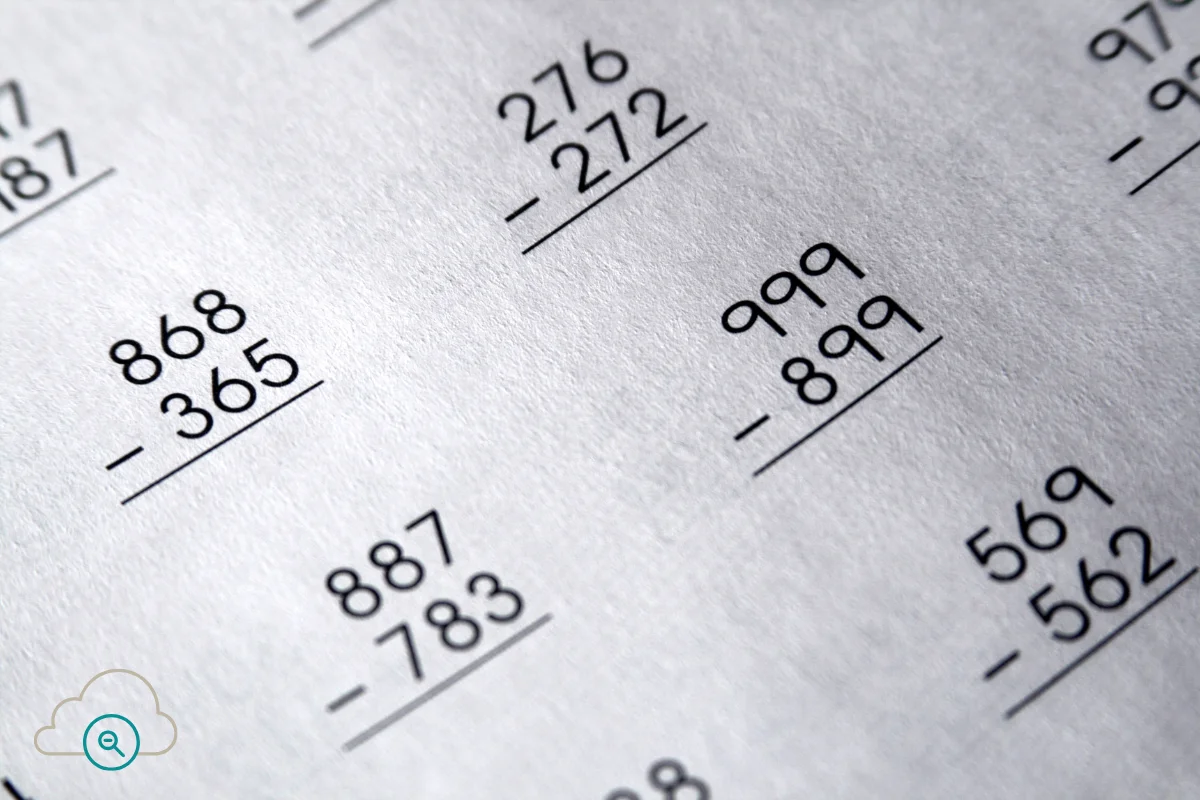
Compatible Numbers
Compatible numbers is the vital tips and tricks of subtraction that magnifies the picture of subtraction. It demonstrates “rounding numbers to easy-to-handle values.”
It is mainly focused on minued, trimming it to the nearby manageable values. This strategy makes the arithmetic operations clear and smoother. It is also known as front-end strategy.
Real-World Example
You have $84 in your wallet and spend $39 at a store. You want to quickly estimate how much money you have left. Now, by using compatible numbers, convert the minued—$84 to $85 and subtrahend—$39 to $40. Now subtract $85 − $40 = $45
Compatible Number Estimation
One of the best tips and tricks of subtraction is compatible number estimation. It gives us approximate results. This mental math approach becomes very useful for different complex and long subtraction problems.
This strategy states, “rounding numbers to nearby simpler values.” It streamlines problem-solving and reduces cognitive load. This strategy, also known as front-end estimation, has a focus on leading digits for approximation.
Practical Example
While grocery shopping with a $100 budget, you estimate item prices for quick mental math:
Milk: $4.79 converts to $5
Bread: $2.89 converts to $3
Eggs: $3.49 converts to $3.50
Chicken: $14.99 converts to $15
Adding the rounded prices ($5 + $3 + $3.50 + $15 = $33.50) ensures you’re within budget while simplifying calculations for efficiency.
Now Subtract: $100 − $33.50 = $66.5
Counting on
Counting On is a dynamic mental math strategy that simplifies subtraction by incrementally adding from the smaller number to the larger one.
This method simplifies complex calculations, promotes clarity, and can be used with different tools like number lines—real lines.
Counting Back
This tips and tricks of subtraction is counter to counting on. It is also a mental math strategy where you can subtract by sequentially counting down—back from the larger number to the smaller one, ensuring precision. It promotes number sense by visualizing the shrinking gap between numbers.
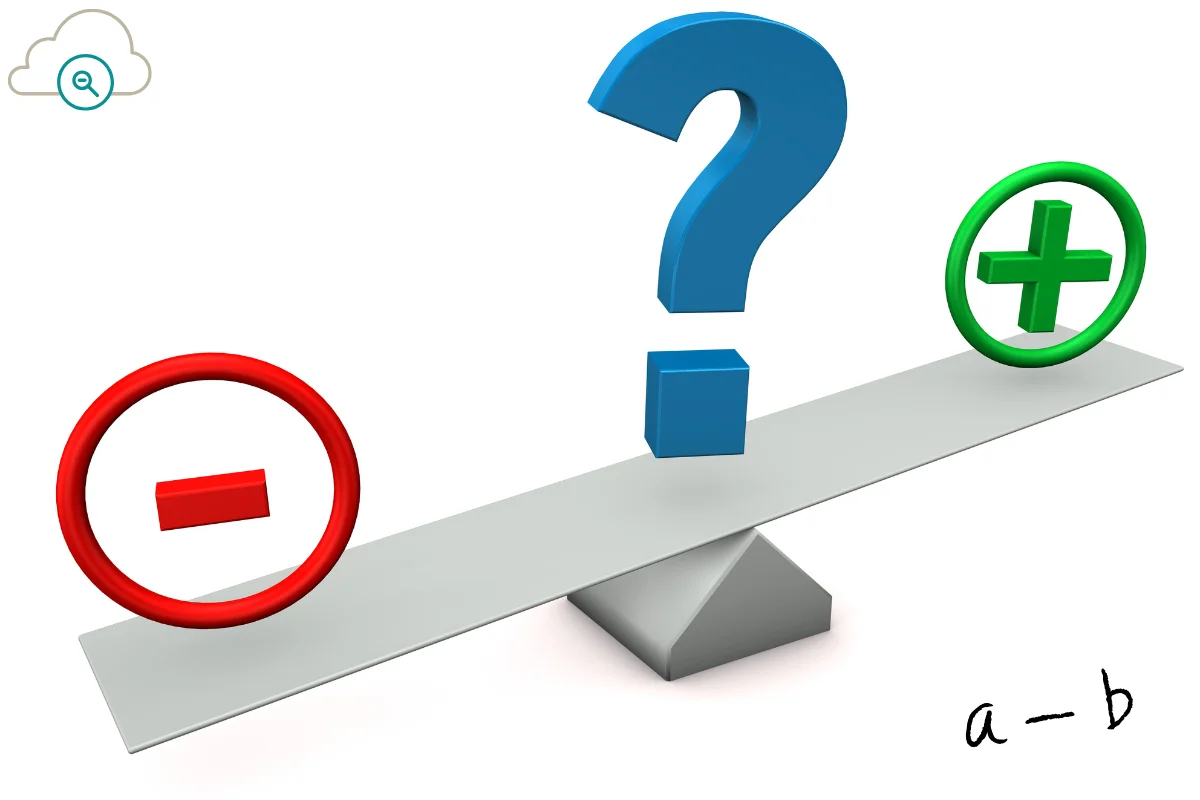
Compensation Strategy
This tips and tricks of subtraction mentally simplifies subtraction by adjusting one number from subtraction to a more manageable value, then balancing the equation in the result. This mental math strategy is very useful when dealing with Subtrahend ending with 1, 2, 3, 7, 8, 9, as they will be adjusted to the nearby manageable value. It is also called the equal addition strategy, subtracting an easy number and adjusting.
Example:
To subtract 87 – 39
You can round 39 up to 40 (making it easier to subtract). Now subtract 87 – 40 = 47 and compensate by adding 1 back to the result: 47 + 1 = 48. The final answer is 48
Subtracting from a Base Number
Subtracting from a base number streamlines tips and tricks of subtraction by anchoring calculations to power-of-ten benchmarks. This tips and tricks of subtraction harnesses number proximity, simplifying complex problems into effortless steps for quicker, intuitive results.
Double Fact Trick
Using double facts is one of the useful tips and tricks of subtraction that builds on the ease of doubling numbers to simplify calculations. By recognizing familiar patterns like 6 + 6 = 12 or 14 – 7 = 7, this technique reduces cognitive load and enhances speed, making mental arithmetic quicker and more intuitive.
Use of Number Line (Real Line)
The number line (real line) is a visualization tips and tricks of subtraction. This tips and tricks of subtraction transforms abstract numbers into a clear, step-by-step journey along a line. This process starts from the minued and moves left by the subtrahend’s value; the number line makes the operation tangible and easy to follow.
Example
For instance, subtracting 37−15 can be visualized by starting at 37 and taking 10 steps back to reach 27, then 5 more steps back to land at 22. This approach enhances understanding, fosters number sense, and provides a straightforward solution pathway, especially for visual learners or those tackling complex problems.
US Standard Algorithm for Subtraction
Another tips and tricks of subtraction is the US Standard Algorithm for Subtraction. It is a reliable, structured approach often taught in schools, but it can also serve as a foundation for mental math. This method involves aligning numbers by place value, subtracting digits column by column, and using borrowing (or regrouping) when necessary.
In tips and tricks of subtraction, the US Standard Algorithm can be adapted to simplify subtraction without paper. For instance, instead of writing down the full problem 453−276453 – 276, you mentally break it down:
- Subtract the hundreds: 400−200=200
- Subtract the tens: 50−70. Since 50 is smaller, you borrow 100, making it 150−70=80.
- Subtract the ones: 3−6. Borrow 10, making it 13−6=7.
Finally, combine the results: 200 + 80 + 7 = 287. This algorithm, when practiced mentally, sharpens focus on place value, borrowing concepts, and structured reasoning, making it a versatile strategy for accurate and efficient calculations.
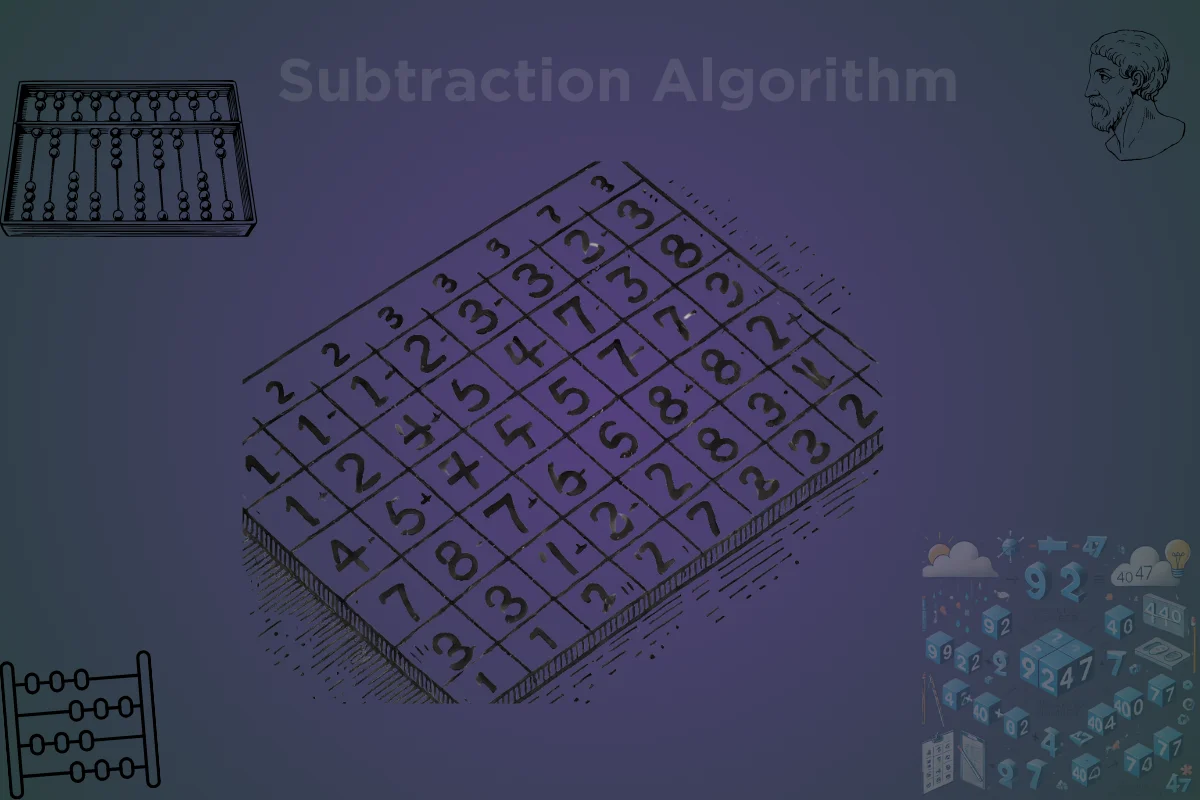
Subtraction Theorem
In mental math, the Subtraction Theorem emphasizes that subtraction is the inverse of addition, providing a logical framework for solving problems efficiently. It states that subtracting a number is equivalent to finding the difference by “undoing” an addition: if a−b=c then c+b=ac + b = a. This concept underpins techniques like counting on and compensation, allowing the brain to intuitively approach subtraction as an additive process, and streamlining mental calculations by focusing on relationships between numbers.
Conclusion
These tips and tricks of subtraction can transform tedious problems into seamless solutions. Different techniques look like basics, but these will become vital for long and complex calculations. For the early learners, they must learn and mentally practice all these skills. Teachers must teach in such a way that these techniques become easy for students.
Frequently Asked Questions (FAQs)
Q # 1: How can I subtract quickly without using a calculator?
Use strategies like subtraction by parts, compensation, and compatible numbers to break problems into easier steps for faster mental calculations.
Q # 2: What is the best subtraction trick for estimating answers quickly?
The compatible numbers strategy is best for quick estimation—round numbers to the nearest 10, 100, or 1000 before subtracting.
Q # 3: How does “counting on” differ from “counting back” in subtraction?
Counting on adds up from the smaller number to the larger, while counting back subtracts step-by-step from the larger to the smaller number.
Q # 4: When should I use the compensation method for subtraction?
Use compensation when the subtrahend ends in 1, 2, 3, 7, 8, or 9—adjust to an easier number, subtract, then compensate the difference.
Q # 5: Why is the number line useful for mental subtraction?
It visually represents numbers, making it easier to count back, break numbers into steps, and simplify calculations—especially for beginners.
Q # 6: What is the difference between “subtracting by parts” and “subtracting from a base number”?
Subtracting by parts breaks the number into smaller chunks (like 100s, 10s, 1s), while subtracting from a base number relies on round-number benchmarks (like 10, 100).
Q # 7: How can I teach subtraction tricks to kids effectively?
Use real-life examples, visual tools like number lines, and fun games to make subtraction engaging and easy to understand.
